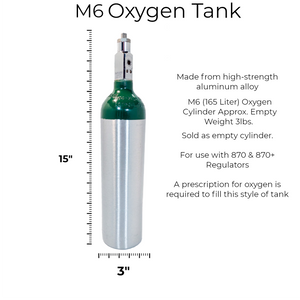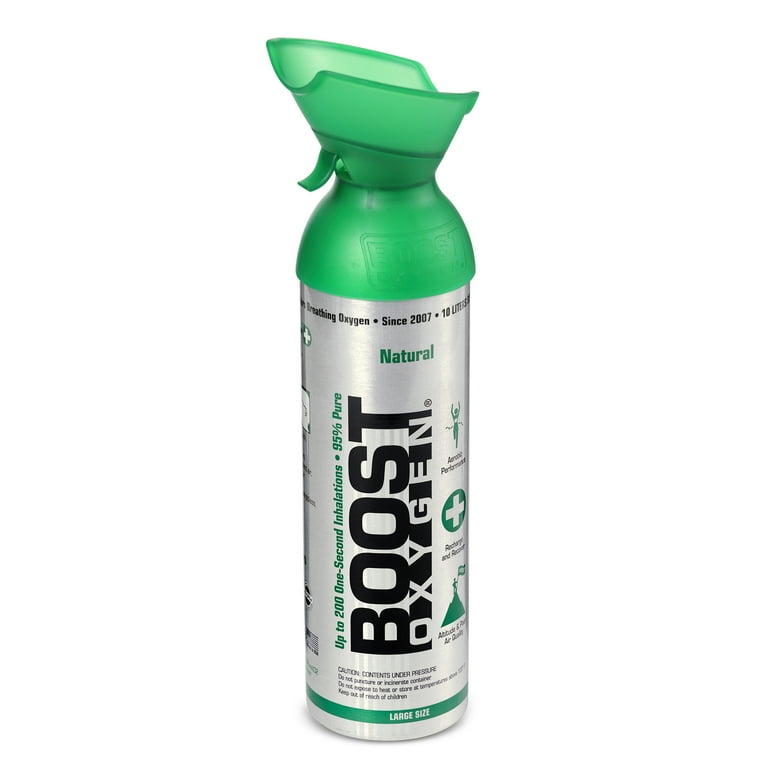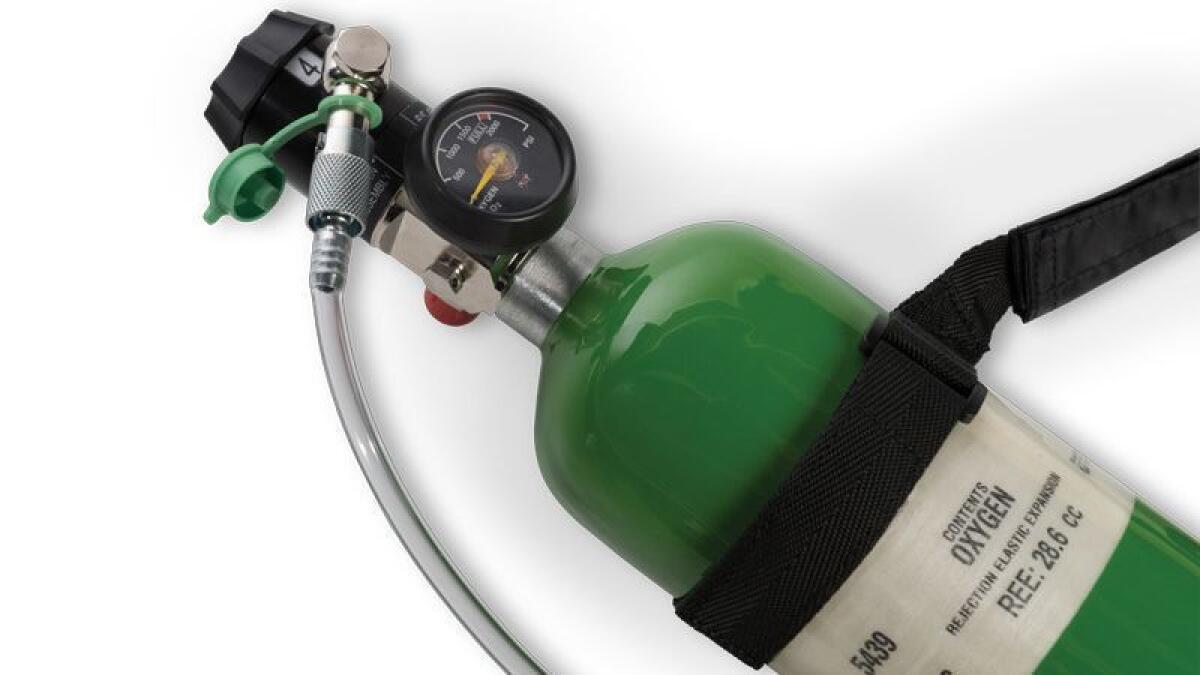Oxygen Tanks for Emergency Medical Scenarios
Oxygen storage tanks are your lifeline in emergency clinical circumstances. In emergency scenarios, these tanks are made use of to promptly provide oxygen to the lungs, making certain the body gets the oxygen it requires to work effectively. Take a deep breath and discover the world of oxygen tanks for emergency situation clinical scenarios.

Significance of Oxygen Storage Tanks
You ought to recognize the relevance of having oxygen storage tanks in emergency situation medical situations. When an individual experiences a medical emergency situation, such as a cardiovascular disease or breathing distress, their body might not have the ability to obtain enough oxygen by itself. In such situations, having immediate access to oxygen can be a matter of life or death.
Oxygen storage tanks are vital in supplying a concentrated resource of oxygen to people that are not able to breathe effectively. They are portable, allowing physician to quickly provide oxygen to patients in requirement, also in remote or tough areas. In emergency situation scenarios, time is of the essence, and having oxygen readily offered can considerably improve the chances of a positive result.
Oxygen storage tanks are additionally outfitted with various distribution methods, such as masks or nasal cannulas, which can be tailored to fit the demands of each person. This adaptability ensures that oxygen can be provided efficiently to individuals of all problems and ages.
In addition, oxygen containers play a crucial role in stabilizing people and avoiding additional issues. By enhancing the oxygen levels in the body, they aid reduce symptoms, lower the workload on essential body organs, and sustain the overall recuperation process.

Types of Oxygen Containers
How can you recognize the different kinds of oxygen containers utilized in emergency medical circumstances? There are numerous kinds of oxygen containers typically used in emergency medical situations. One of the most typical kind is the pressed gas cylinder, which is typically made of aluminum or steel. These cyndrical tubes are created to hold a huge quantity of oxygen under high pressure. They are easily determined by their round shape and stress scale, which indicates the amount of oxygen remaining in the tank.
One more kind of oxygen container is the liquid oxygen system. This system makes use of a small, mobile device which contains a reservoir of liquid oxygen. The fluid oxygen is converted to a gas before being supplied to the patient via a mask or nasal cannula. These containers are normally smaller sized and lighter than compressed gas cylinders, making them much more mobile and hassle-free for emergency situation scenarios.
In enhancement to these typical types, there are likewise oxygen concentrators, which produce oxygen by filtering and focusing the oxygen in the surrounding air - oxygen tank. These devices are typically utilized in home medical care settings, yet may also be utilized in specific emergency situation circumstances
Advantages of Portable Oxygen Tanks
One benefit of portable oxygen storage tanks is the ease they supply throughout emergency clinical scenarios. When confronted with an unexpected medical emergency, time is important. Having a mobile oxygen tank conveniently available permits you to administer oxygen quickly, without needing to wait on clinical specialists to get here. This can be vital in circumstances where every second counts, such as heart arrests or serious bronchial asthma assaults.
Another advantage of portable oxygen containers is their ease of usage. Whether you are at home, in a vehicle, or outdoors, having a portable oxygen tank ensures that you can offer prompt oxygen assistance any place you are.
Furthermore, portable oxygen tanks supply a feeling of peace of mind and satisfaction. Recognizing that you have a trustworthy source of oxygen readily offered can minimize anxiety and concern in emergency situation scenarios. It supplies a sense of control and empowerment, enabling you to take charge of the circumstance till expert clinical aid shows up.
Exactly How Oxygen Containers Are Made Use Of in Emergency Situation Scenarios
Throughout emergency medical situations, the convenience and ease of use of portable oxygen storage tanks make them crucial devices for administering immediate oxygen support. When confronted with an individual experiencing respiratory system distress or low oxygen degrees, the initial step is to figure out and evaluate the situation if extra oxygen is required. The oxygen tank need to be within very easy reach and conveniently accessible. To start providing oxygen, affix the regulatory authority to the tank and transform on the flow meter to the suggested level. The majority of storage tanks have a circulation rate that can be changed to satisfy the patient's demands. As soon as the flow price is established, put the oxygen mask or nasal cannula on the client's face or nose, guaranteeing a protected fit. If readily available, observe the person's breathing and check their oxygen saturation levels utilizing a pulse oximeter. Make adjustments to the flow price as necessary to keep the wanted oxygen saturation. Remember to regularly inspect the storage tank's pressure scale to make sure a sufficient supply of oxygen. When the emergency situation is settled, shut off the circulation meter and separate the regulator from the tank. Correctly keep the storage tank in a refuge for future usage.
Precaution for Taking Care Of Oxygen Containers
To ensure secure handling of oxygen tanks, constantly effectively secure the tank in an upright setting when not in use. This is essential to avoid the storage tank from tipping over and causing look at this now possible damage or injury. In addition, it is essential to save oxygen storage tanks in a well-ventilated area far from flammable products such as oil, oil, or combustible gases. Oxygen sustains combustion and can increase fires, so it is necessary to maintain the tanks far from any type of possible ignition resources. When moving oxygen tanks, make certain to utilize a cart or cart specifically made for this objective. Never roll the container or drag on its bottom or side, as this can harm the storage tank and jeopardize its security. Constantly make sure that the valve is shut firmly and the protective cap is firmly in place before moving the tank. Last but not least, it is vital to frequently examine the oxygen storage tank for any type of indicators of damage or index leakages. If any kind of issues are discovered, contact an expert to repair the container and check prior to further use. By adhering to these precaution, you can guarantee the correct handling and storage space of oxygen containers, decreasing the danger of accidents and promoting a risk-free medical environment. visit homepage
Conclusion
Finally, having access to portable oxygen containers is critical in emergency situation medical scenarios. These storage tanks supply a vital supply of oxygen to people in demand, guaranteeing their well-being until further clinical support gets here. Furthermore, the numerous kinds of oxygen storage tanks readily available deal flexibility and convenience, enabling simple transport. However, it is necessary to comply with precaution when dealing with these storage tanks to avoid any kind of incidents or mishaps. Overall, oxygen storage tanks play an important role in saving lives during emergencies.
In emergency situation circumstances, these containers are utilized to quickly supply oxygen to the lungs, making sure the body gets the oxygen it needs to function appropriately.Another kind of oxygen container is the liquid oxygen system. Having a portable oxygen container readily offered enables you to carry out oxygen immediately, without having to wait for medical specialists to get here. Whether you are at home, in a cars and truck, or outdoors, having a mobile oxygen container ensures that you can give prompt oxygen support wherever you are.
